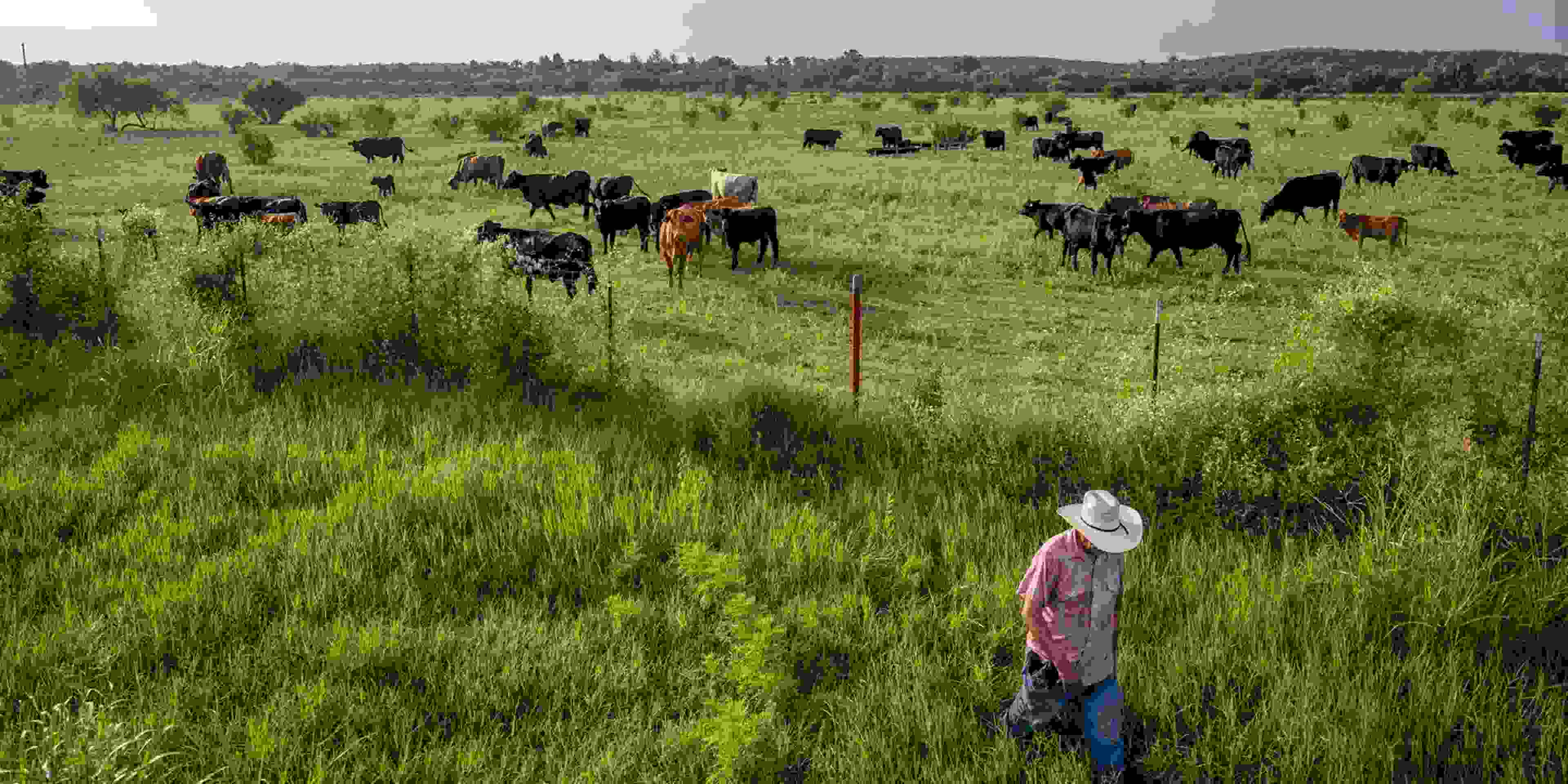Moskow - The Russia-Ukraine conflict is one of the most significant geopolitical crises of the 21st century. While the full-scale invasion in 2022 captured global attention, the roots of the conflict go back decades—shaped by history, politics, identity, and competing national interests.
Understanding the timeline and background of this conflict is essential to grasp its global implications and the ongoing struggle for peace in Eastern Europe.
Historical Background
Soviet Era and Shared History
Ukraine and Russia share deep historical ties dating back to the Kievan Rus, a medieval state that both nations consider foundational to their national identity. In the 20th century, Ukraine became part of the Soviet Union in 1922, remaining under Moscow’s control until the USSR’s dissolution in 1991.
During the Soviet period, Ukraine endured severe hardships, including forced collectivization and the Holodomor famine (1932–1933), which resulted in millions of deaths. Despite these tragedies, Ukraine remained a key republic within the Soviet Union until it gained independence in August 1991.
Post-Soviet Tensions (1991–2013)
After independence, Ukraine pursued closer ties with Western Europe, joining international organizations like the United Nations and seeking potential European Union (EU) and NATO membership.
This western pivot was often viewed as a threat by Moscow, which considered Ukraine a part of its strategic buffer zone. Political shifts in Ukraine between pro-Western and pro-Russian leaders further deepened the divide between the two nations.
The 2014 Turning Point: Crimea and Donbas
In February 2014, Ukraine’s pro-Russian President Viktor Yanukovych was ousted after mass protests (known as the Euromaidan Revolution) over his decision to reject an EU agreement. Soon after, Russia annexed Crimea, a Ukrainian peninsula with a majority Russian-speaking population. This move was widely condemned by the international community.
In eastern Ukraine, pro-Russian separatists in the Donetsk and Luhansk regions declared independence, leading to an armed conflict with Ukrainian forces. Despite ceasefire agreements like the Minsk Protocol, violence and instability continued in the region.
Full-Scale Invasion in 2022
On February 24, 2022, Russia launched a full-scale invasion of Ukraine, escalating the conflict into a major war. Russian forces targeted key cities, infrastructure, and civilian areas, prompting widespread destruction and a massive humanitarian crisis.
The invasion triggered global sanctions against Russia, strengthened Western military support for Ukraine, and dramatically reshaped international alliances. The war has caused tens of thousands of casualties and displaced millions of civilians.
Key Issues Driving the Conflict
- NATO Expansion: Russia opposes NATO's presence near its borders and views Ukraine’s interest in joining as a direct threat.
- Cultural Identity: Ukraine's efforts to assert its sovereignty and cultural identity conflict with Russia’s historical claims and influence.
- Energy and Resources: Ukraine’s geographical position and energy infrastructure play a key role in European-Russian relations.
- Territorial Claims: Russia continues to assert control over Crimea and supports separatist regions in eastern Ukraine.
Global Impact
The conflict has triggered economic shocks, especially in energy and food markets, and increased tensions between Russia and Western nations. It has also reignited debates about global security, the role of international organizations, and the future of democracy and sovereignty in Eastern Europe.
Conclusion
The Russia-Ukraine conflict is a complex, evolving crisis rooted in a long history of political rivalry and cultural entanglement. As the war continues into 2025, the world watches closely—hoping for a diplomatic resolution that respects sovereignty, security, and peace.
Meta Title: Russia-Ukraine Conflict History Explained
Meta Description: Learn about the history behind the Russia-Ukraine conflict, from Soviet-era tensions to the 2022 invasion. Discover the roots, causes, and global impact of the war.
